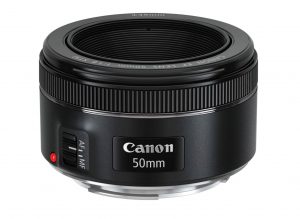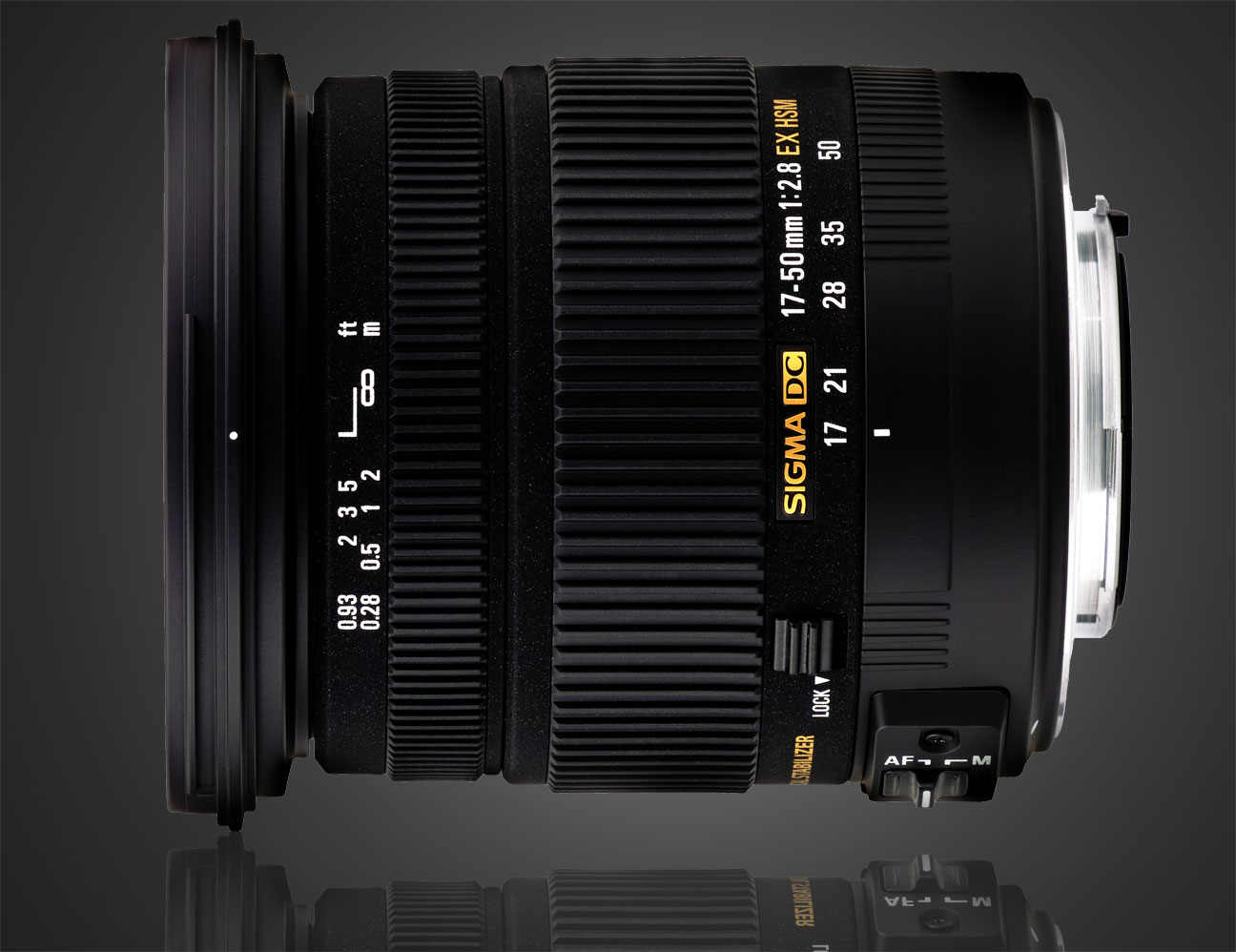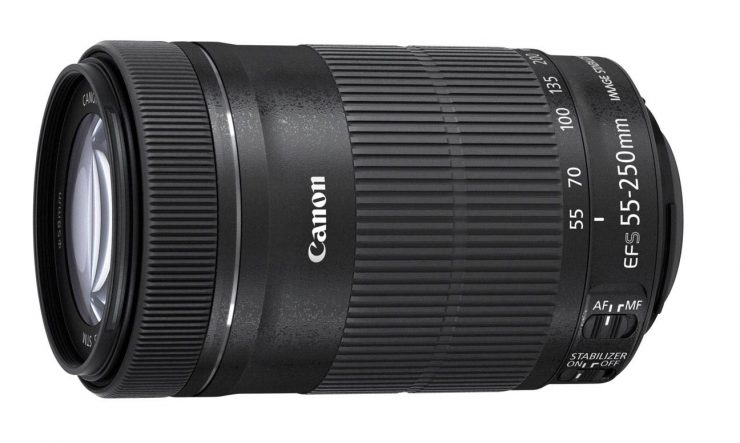Best Lenses for Canon
According to BudgetMore than any other question, people ask me what lenses they should buy with their new cameras, or to take on their big trips, or to make the move to shooting professionally, etc. Unfortunately, there is no simple answer. Each lens is like an instrument in an orchestra: is has its own character and purpose, and deciding how to use that to your advantage is an important part of the artistic process. However, if flexibility is your goal, and you want just a few lenses to cover as many situations as possible, then I can recommend a kit with a wide to mid-range zoom, a mid-range to telephoto zoom, and a large aperture prime.
Below, I’ve listed the best lenses for three different budgets.
Best of the Budget Lenses
If you’re considering the purchase of a new Canon T5i or Canon 70D and would like a compliment of lenses that will give you the best image quality from your new, high resolution sensor, the following lenses will give you the best quality without spending a fortune. There are three lenses that I recommend for everyone who’s starting a lens collection on a tight budget:
For APS-C Sensors
1. Canon EF-S 18-55mm IS STM

The Downsides: The build quality is in line with its price, so it may feel a little plasticky and cheap, and the zoom range is pretty modest, so you’ll usually want to pair this with another lens. The maximum aperture at 55mm is pretty small: f/5.6.
Typical Street Price: $249
Current Price: $159.55
2. Canon EF-S 55-250mm IS STM
Again, the 55-250 is optically very good across the zoom range and from the center of the frame to the edge. Together with the 18-55mm, you’ll have everything covered from moderately wide angle (18mm = 28.8mm on APS-C sensor) to long telephoto (250mm = 400mm on APS-C). Together the lenses cover more range and with much higher image quality than Canon’s 18-200mm lens. This lens is also image stabilized, which makes it much more versatile than it would be otherwise. Again, the STM version of this lens is faster and quieter (for shooting video) than the older model.
The Downsides: Same as the 18-55.
Typical Street Price: $349
Current Price: $349.00
3. Canon EF-S 18-135mm IS STM

The Downsides: This lens is a little bit on the expensive side, but not terrible, and the image quality remains slightly lower than using multiple, more specialized lenses.
Typical Street Price: $549
Current Price: $347.99
4. Canon EF 50mm f/1.8 STM

Downsides: The image quality of this lens isn’t significantly better than the non-STM model, so it’s a bit soft wide-open, but it’s quite sharp beyond f/2.0.
Typical Street Price: $125
Current Price:$139.95
5. Tamron 70-300mm f/4-5.6 SP Di VC USD
If you feel that you’d prefer to have a 300mm lens in your kit, the Tamron is the way to go. In lab tests, it consistently ranks ahead of the Canon equivalent in optical quality (though not by a huge margin), it has optical stabilization, a fast USD motor (Tamron’s equivalent of a USM), and it costs around $200 less than the Canon.
Downsides: Like all lenses in this price range, the maximum apertures are relatively small… only f/4 to f/5.6. You’ll want to move up to an f/2.8 lens for shooting in lower light situations, when you can justify the dramatic jump in price.
Typical Street Price: $450
Current Price: $
A Little More Expensive, But Worth It
This is probably the hardest area in which to make recommendations since there are so many choices, and not all of them are as good as they seem at first.
For APS-C or Full-Frame Sensors
1. Canon EF 70-200 f4L IS USM
Optically, this is probably Canon’s second best in this zoom range; only the new 70-200 f2.8L IS II is better. It is sharper and more consistent than Canon’s original 70-200 f2.8 IS and non-IS versions, and the fact that it is image stabilized means that it will usually give you better low-light performance than using a non-IS f2.8 (the major exception is if you’re shooting action, where IS doesn’t help). Getting a constant f4 maximum aperture throughout the range is extremely helpful, especially at 200mm. Although the lens isn’t cheap, it is very reasonable for a lens of this quality at about $1100.
The Drawbacks: The only major drawback of this lens is that is that it doesn’t open all the way to f2.8. This means that when you need faster shutter speeds in low light, you’ll either have to push your ISO up another stop (ie, 400 to 800) , deal with the blur, or miss the shot entirely (assuming that flash isn’t an option).
Typical Street Price: $1299
Current Price: $1,399.95

2. Tamron 70-200 f2.8 Di VC USD
If you’re looking for a pro-grade lens that you can afford and which has a constant f2.8 maximum aperture throughout the zoom range, the Tamron is a good option for a couple of reasons. First, it’s relatively inexpensive for a stabilized lens at only $1200. Optically, the lens is quite good, and it’s smaller and lighter, and sharper than the Sigma lens of the same specifications. It also is relatively close-focusing, making it great for those times when you don’t quite need a true macro lens, but want a good, tight close-up.
The Drawbacks: This is a truly great lens. Its main drawback is its autofocus responsiveness. Once it starts focusing or tracking, it is quite fast… but there is a significant lag between the time you press the shutter button and the time the VC starts working, unlike a genuine Canon lens. Once you get used to it, it’s easy to work around.
Typical Street Price: $1499
Current Price: $999.00
3. Canon 50mm f1.4
Every photographer should have at least one large aperture, low light lens in his or her kit. Canon’s 50mm f1.4 and f1.8 are both extremely sharp, and the large apertures are perfect for either very low light, or creative use of selective focus. The f1.4 ($399) is more expensive than the 1.8 (about $110), and you’ll have to judge for yourself whether the advantages are worth it, but the more expensive lens does offer smoother bokeh and 2/3rds of a stop more light. A good portrait lens on APS-C, and a good event and low-light lens all around.
Drawbacks: This lens has a reliability problem. If you put much pressure on the focusing barrel, it will bend an internal component and the focusing will get stuck. There’s a way to fix it, and it can be avoided by using a hard lens hood, but the problem should not be ignored.
Typical Street Price: $399
Current Price: $399.00
For Full-Frame Sensors
1. Tamron 24-70 f/2.8 Di VC USD
This lens costs several hundred dollars less than the Canon Mark II while also offering image stabilization. Optically, it is quite strong, and the autofocus is quiet and fast. If you’re considering this lens, you might want to watch my video comparison of it and the Canon Mark II.
Drawbacks: This lens is not quite as sharp as the Canon between f/2.8 and about f/5.6, but Canon sets the bar very high. This is till a sharp lens.
Typical Street Price: $1299
Current Price: $
For APS-C Sensors
1. Sigma 17-50 f/2.8 EX DC OS HSM

Drawbacks: At f2.8, the extreme borders (when shooting wide angle) are relatively soft, where the Canon lens is still quite sharp. Once you stop down one stop, though, the borders are virtually identical to Canon’s, and the center may be even slightly sharper.
Alternate: Tamron 17-50mm f/2.8 II SP Di VC
Typical Street Price: $519
Current Amazon Price: $646.99
When You Need The Best
If you’re getting started in your professional photographic career, a student that wants a big leg up, or just someone who wants the best possible image quality in most situations, then these are the lenses to consider. Some of the lenses will cross-over, whether you’re using a full frame sensor or cropped.
For APS-C Sensors
1. Canon EF 70-200 f2.8L IS II

Not just one of the best zoom lenses I’ve used, this is one of the best lenses I’ve used, period. Razor sharp across the zoom range from edge to center, even wide open. No significant distortion. Fast focusing, great image stabilization. A truly impressive piece of engineering; and much better than the original IS version of this lens.
The Downsides: The price on this beauty is not for the faint of heart. The Tamron equivalent is almost as good for $1000 less.
Typical Street Price: $2299
Current Amazon Price: $2,169.00
2. Sigma 18-35mm f/1.8 ART

Drawbacks: The only real downside to this lens is that it’s a bit on the heavy side, and of course, that the zoom range is not quite as wide as some would like, especially for Canon, but these are quibbles for such an amazing lens.
Typical Street Price: $799
Current Price: $789.21
3. Canon EF-S 17-55mm f2.8 USM IS

The Downsides : Again, the price is best handled by those who can claim tax deductions.
Typical Street Price: $879
Current Amazon Price= $879.00
For Full Frame Sensors

1. Canon EF 70-200 f2.8L IS II
Here I’ll repeat myself… not just one of the best zoom lenses I’ve used, this is one of the best lenses I’ve used, period. Razor sharp across the zoom range from edge to center, even wide open. No significant distortion. Fast focusing, great image stabilization. A truly impressive piece of engineering; and much better than the original version of this lens (make sure you get the Mark II!).
The Downsides: The price on this beauty is not for the faint of heart, but the same can be said for most professional camera equipment, I suppose.
Current Amazon Price: $2,169.00
 2. Canon EF 24-70 f/2.8L II USM
2. Canon EF 24-70 f/2.8L II USM
In early 2012, Canon announced their updated EF 24-70 f/2.8L II USM, the companion to the 70-200 f/2.8 IS USM II. As expected, the new lens is amazingly sharp, even wide open. Unfortunately, Canon did not make this a stabilized lens, but IS is less important with shorter focal-length lenses.
The Downsides: Again, the price is a sticking point for some, especially when the excellent Tamron 24-70 f/2.8 with image stabilization is available for significantly less. That lens should be considered as an alternative; it is not quite as sharp, but the stabilization may provide some photographers with sharper images more frequently.
Current Amazon Price: $2,099.00







